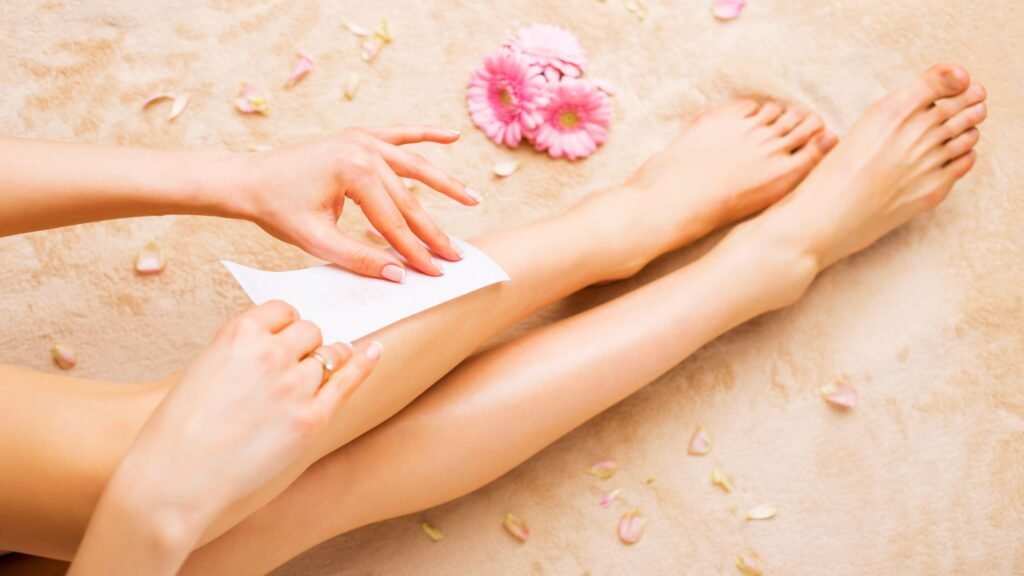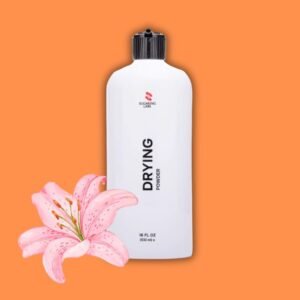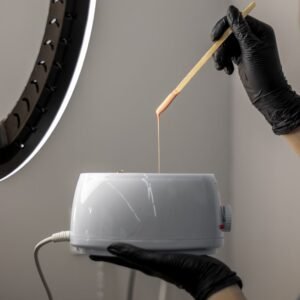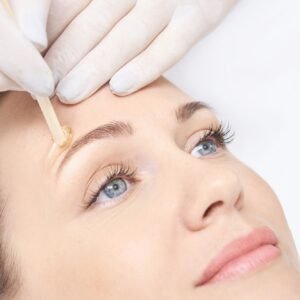Why Sugaring is Better Than Waxing: A Comprehensive Guide

When it comes to hair removal, many people are faced with the choice between sugaring and waxing. While both methods are effective, there are clear reasons why sugaring is better than waxing. In this article we will look at the properties of sugar wax, explain how the sugaring process works and explore the benefits it offers over traditional waxing.
Table of Contents
- Understanding the Unique Properties of Sugar Wax
- How the Sugaring Process Works: A Step-by-Step Overview
- The Comprehensive Benefits of Sugaring Over Waxing
- Additional Insights into the Benefits of Sugaring
- Frequently Asked Questions
- What is sugaring, and how does it differ from waxing?
- Why is sugaring considered better for sensitive skin?
- What makes sugaring less painful than waxing?
- How does sugaring benefit the skin beyond hair removal?
- Is sugaring more environmentally friendly than waxing?
Understanding the Unique Properties of Sugar Wax
Made from a simple combination of sugar, water and lemon juice, sugar wax has several unique properties that make it an attractive option for hair removal. First and foremost, sugar wax is completely natural and free from synthetic additives, making it a hypoallergenic choice. This is particularly beneficial for those with sensitive skin as it minimizes the risk of irritation and allergic reactions.
Another remarkable feature of sugar wax is its water solubility. Unlike traditional wax, which can leave a sticky residue that requires special oils to remove, sugar wax can be easily washed away with warm water. This property not only simplifies the cleaning process, but also makes it easier to work with during application.
In addition, sugar wax has a lower melting point than standard waxes. This means it can be applied at a more comfortable temperature, reducing the risk of burns and discomfort. Its flexible texture allows it to adapt to different hair types, making it a versatile option for different hair removal needs. All of these features contribute to the growing popularity of sugaring and highlight why sugaring paste is better than waxing.
How the Sugaring Process Works: A Step-by-Step Overview
The process of sugaring involves several key steps that make it different from waxing. With sugar wax, the paste is applied against the direction of hair growth. Once the paste has adhered to the hair, it is quickly flicked off in the direction of growth. This technique reduces discomfort during hair removal because the sugar wax sticks more to the hair than to the skin.
One of the main advantages of this method is that it effectively removes hair from the root with less irritation. The sugar paste can penetrate the hair follicle, making it easier to remove even shorter hairs, which can be a challenge for traditional wax.
In addition, the lower temperature of the sugar paste minimizes the risk of burns, making the process safer for the skin. Many users report that sugaring is less painful than waxing due to the gentle technique of removing hair in the direction of growth. This efficient and comfortable process is one of the main reasons why sugaring is better than waxing.
The Comprehensive Benefits of Sugaring Over Waxing
Sugaring offers a multitude of benefits that set it apart from waxing, making it a preferred choice for many. Below is a comparative table that highlights the advantages of sugaring versus waxing:
| Feature | Sugaring | Waxing |
| Ingredients | Natural (sugar, lemon, water) | Often contains synthetic additives |
| Skin Sensitivity | Hypoallergenic | Can cause irritation and allergies |
| Pain Level | Generally less painful | Can be quite painful |
| Cleanup | Water-soluble, easy to remove | Requires oils for removal |
| Temperature | Lower melting point, safer | Higher melting point, risk of burns |
| Hair Removal Direction | Removes hair in the direction of growth | Removes hair against the direction of growth |
| Effective for Short Hair | Works well on shorter hair | May struggle with shorter hair |
| Exfoliation | Provides gentle exfoliation | Can cause skin trauma |
| Regrowth | Can lead to finer hair over time | Hair regrowth can be coarser |
Try our entire product line of sugaring pastes:
How the Sugaring Process Works: A Step-by-Step Overview
In addition to the benefits listed in the table, sugaring promotes overall skin health. The natural ingredients can help prevent ingrown hairs and reduce skin irritation. Regular sugaring can also lead to finer and sparser hair regrowth, making future hair removal easier.
Another important consideration is the environmental impact of sugaring. With its simple, biodegradable ingredients, sugaring is in line with eco-friendly beauty practices and appeals to those who prioritize sustainability in their choices.
In summary, there are compelling reasons why sugaring is better than waxing. Its natural ingredients, gentler hair removal process and additional skin benefits make it a superior option for achieving smooth, hair-free skin. By choosing sugaring, individuals can enjoy a more comfortable and effective hair removal experience that not only enhances their beauty regimen, but also supports healthier skin.
Frequently Asked Questions
What is sugaring, and how does it differ from waxing?
Sugaring is a natural hair removal method that uses a paste made of sugar, water, and lemon juice. Unlike waxing, where the wax is applied in the direction of hair growth and removed against it, sugaring applies the sugar paste against the hair growth direction and removes it in the direction of growth. This technique makes sugaring gentler on the skin and can be less painful than waxing.
Why is sugaring considered better for sensitive skin?
Sugaring is better for sensitive skin because its paste contains only natural ingredients—sugar, water, and lemon juice—making it hypoallergenic and less likely to irritate the skin. Unlike many waxes that contain synthetic additives, sugaring minimizes allergic reactions and inflammation, making it ideal for those with delicate or sensitive skin.
What makes sugaring less painful than waxing?
Sugaring is typically less painful than waxing due to the removal technique and the properties of the sugar paste. Since the paste is removed in the direction of hair growth, it causes less tugging on the skin. Additionally, the sugar paste adheres mainly to hair, not skin, resulting in a more comfortable hair removal experience.
How does sugaring benefit the skin beyond hair removal?
Sugaring offers additional skin benefits, such as gentle exfoliation, which removes dead skin cells and promotes a smoother texture. Regular sugaring can also reduce ingrown hairs and lead to finer hair regrowth over time. The natural ingredients in sugaring are less likely to cause trauma to the skin, supporting overall skin health.
Is sugaring more environmentally friendly than waxing?
A sugaring heater ensures controlled, even heat, preserving the paste’s consistency for the best hair removal results. It offers a professional, hassle-free experience, avoiding the risks associated with microwaving.










